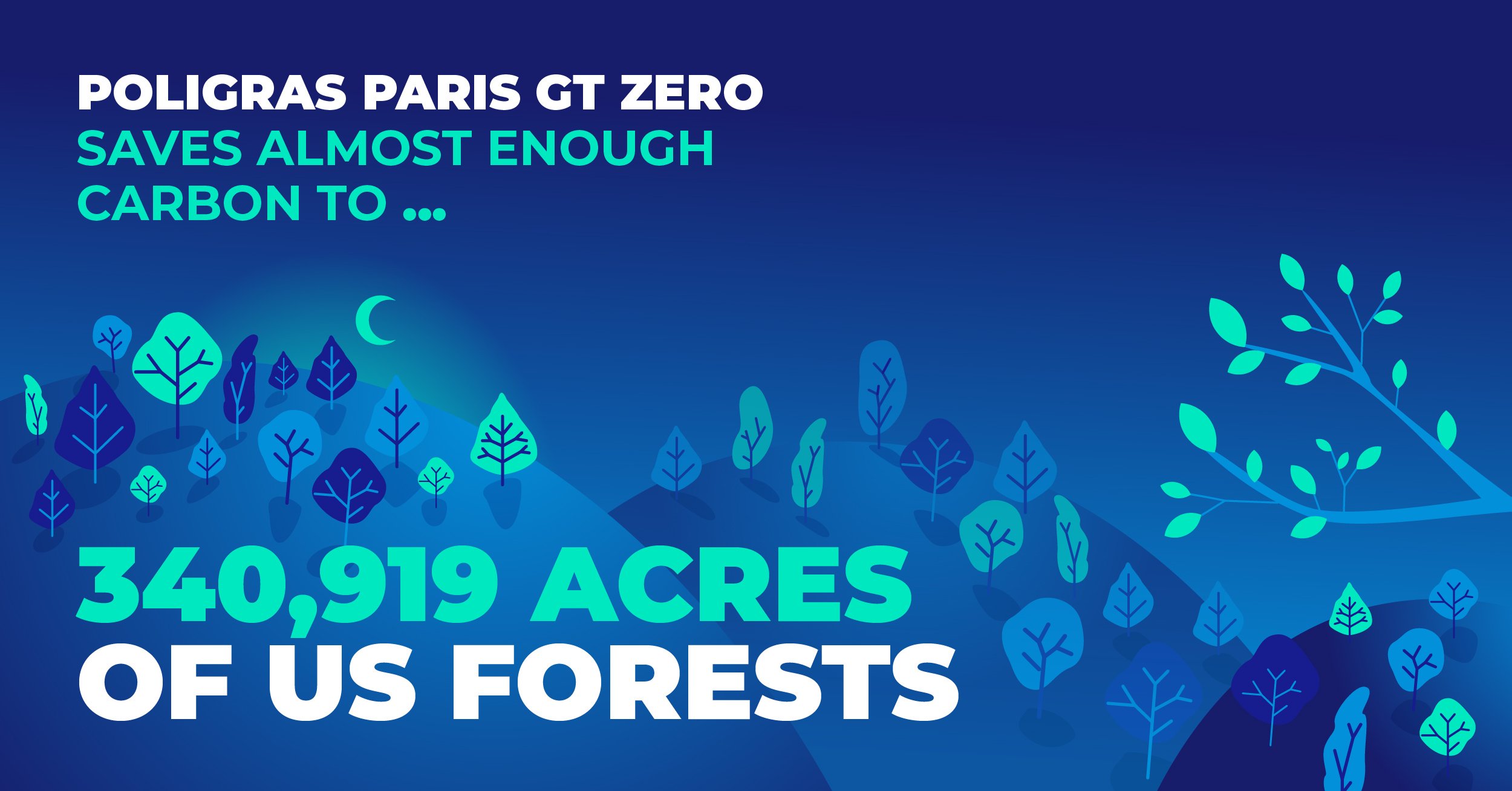Did you know that every time a club chooses the Poligras Paris GT zero turf, it saves the annual emissions of over 17 cars?
The environmental impact of the world’s first carbon-zero hockey turf explained...
Paris 2024 set itself the ambitious goal of reducing the carbon footprint of the Games compared to the average of London 2012 and Rio 2016 by 50 percent. Whilst we await the full results of Paris 2024’s carbon saving which are due to be published in a report this Autumn, calculations taken for the five-year period running into the games between 2018 and 2023 suggest that the carbon footprint reduction target was on track. Signs suggest that this Games has raised the bar on environmental sustainability. It is key that those involved in its delivery from federations, to suppliers, contractors and partners followed suit.
A turf to match Olympic-level sustainability targets
Driven by a long-term commitment within Sport Group to lead the sports surface industry towards a greener future, coupled with a desire to support Paris 2024’s carbon-reduction target and the FIH’s sustainability strategy for hockey globally, Polytan raised the sustainability performance of its Olympic hockey turf. The Poligras Paris GT zero turf that was developed for the Games is the world’s first carbon zero hockey turf.
Every turf saves the equivalent annual emissions of 17.4 cars
Made using 80% sugarcane as a bio-raw material, and manufactured with green energy, the carbon footprint of the Poligras Paris GT zero turf has been certified as climate-neutral by Berlin-based DAkkS accredited consulting company GUTcert. A single turf saves 73 tonnes of CO₂ compared to a conventional turf. Based on US Environmental Protection Agency’s ‘Greenhouse Gas Equivalencies Calculator’ this is the equivalent to the annual emissions of 17.4 cars.
As FIH Sport and Sustainability Director, Jon Wyatt, explains, the turf’s environmental performance is an important cog in a long-term sustainability strategy for the global game:
“Sustainability is a key focus for hockey globally, as it is for society, and we are tackling it from all angles. Environmentally, we have worked closely with Sport Group, Polytan and AstroTurf on this area for many years and it was fantastic that the turf used at the Games was carbon neutral. It marked a significant first for hockey and provides momentum for a more sustainable future for the game.”
“Sport is about health and fitness and making our communities better. This should extend to environmental health, which is why we wanted the best sustainable solution.”
Clubs who have chosen the Olympic turf have saved the annual carbon equivalent of 869 cars
So far over 50 clubs and facilities globally from Auckland to Chennai, Hamburg to Muscat, have chosen to instal Poligras’ next generation Olympic turf. By embracing green technology, they have collectively off-set the carbon equivalent of 869 cars on the road for one year. The 3,650 tonnes of CO₂ emissions saved, is enough to charge over 240 million smartphones.
HC Eindhoven is the first club in the Netherlands to adopt the Paris turf and play a significant part in the hockey zero movement. It’s president, Paul Manders explains why it was such an important decision;
“Sport is about health and fitness and making our communities better. This should extend to environmental health, which is why we wanted the best sustainable solution.
A carbon zero hockey turf that plays to an Olympic quality is good for the environment and our players. The Paris turf also significantly reduces the amount of water needed to play hockey, which is a very important issue for our club.
HC Eindhoven is situated in the Brainport region in the Netherlands, which is the heart of innovation in Europe, therefore it was important for us to embrace cutting edge technology.”
If the total hockey world chose the Paris turf, it would save enough carbon to charge 19.3 billion smartphones
According to FIH figures, there are 4,000 synthetic turfs globally. If we were to extrapolate that out and replace every hockey pitch in the world, that would save the equivalent carbon of 69,497 passenger vehicles or the carbon produced by one car driving 1,200 billion kilometres which is almost the distance from Earth to Saturn.
The collective impact of the hockey world choosing the carbon zero turf would be colossal. The size of the Faroe Islands in fact. The carbon saved would be equal to the carbon sequestered by 340,919 acres of US forests. If that landmass was a country, it would be the 168th largest country in the world.
Polytan’s Head of Hockey Paul Kamphuis, puts the endeavour into content:
“For athletes, the Olympics marks the ultimate challenge. From both a playing and environmental performance standpoint, it was ours too.
At Sport Group, we placed huge investment and R&D focus into every aspect of the product – from using bio-based & renewable ingredients to optimising production processes to minimise energy consumption. The culmination of this hard work is the Poligras Paris GT zero turf. The carbon saving benefits already achieved with this product are impressive. Looking beyond that, the potential if the hockey world were to all make the switch to the carbon zero turf is very powerful.
292,000 tonnes of CO₂, enough to charge 19.3 billion smartphones is a game changing number.”



